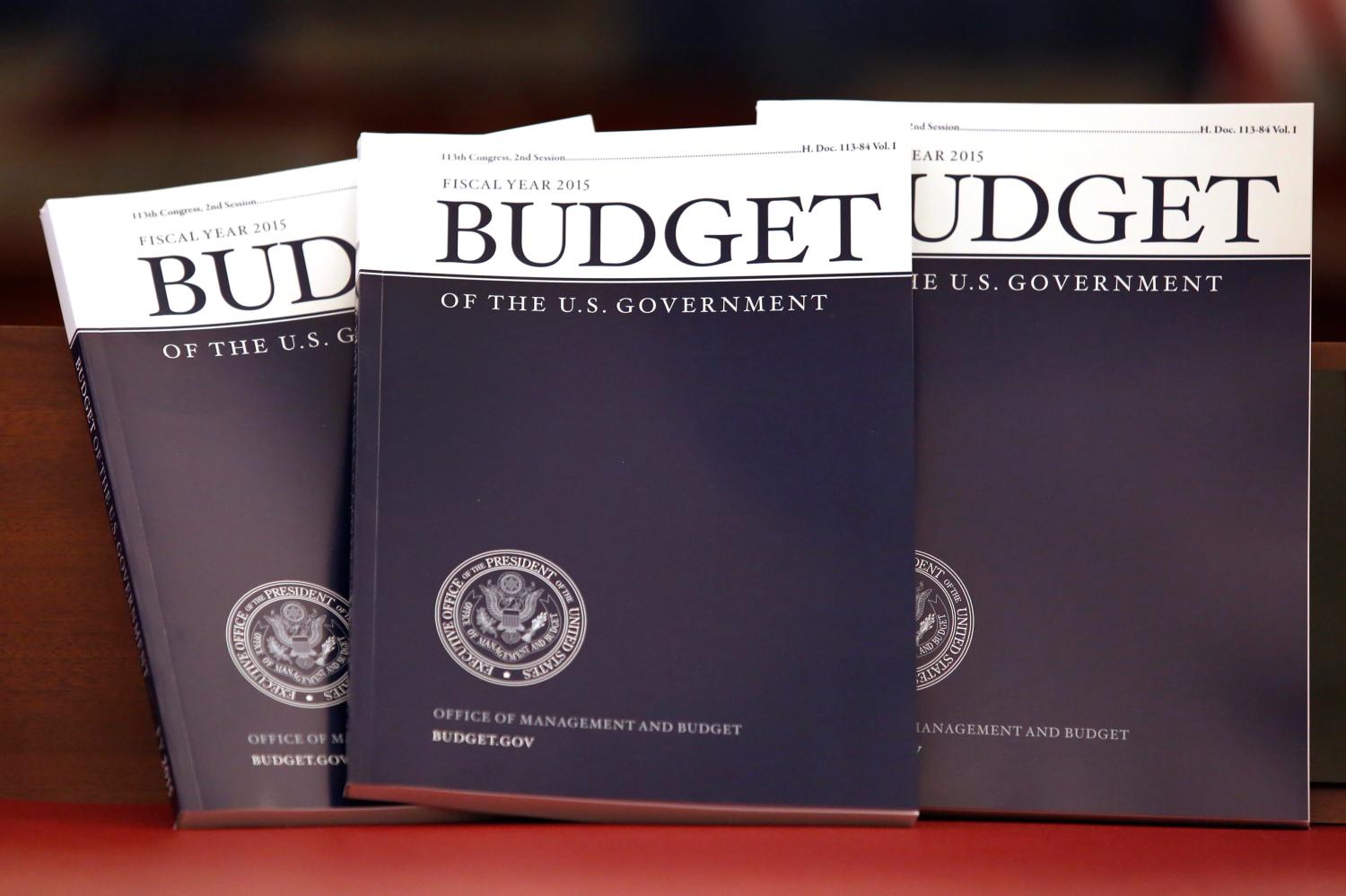Abstract
Health care spending growth has slowed significantly in recent years, but there is uncertainty about how it will evolve in the future. We examine the federal fiscal outlook under alternative scenarios with annual excess cost growth in major federal health programs ranging from zero to 2.5 percent. We highlight two major conclusions. First, even if federal health care spending is brought under control immediately and permanently—zero excess cost growth—the nation still faces a sizable long-term fiscal gap. Second, variation in excess cost growth that is “small,” in the sense that it is within the range of recent historical experience, can nonetheless have enormous impacts on the size of the fiscal shortfall facing the country.
The Brookings Institution is committed to quality, independence, and impact.
We are supported by a diverse array of funders. In line with our values and policies, each Brookings publication represents the sole views of its author(s).






